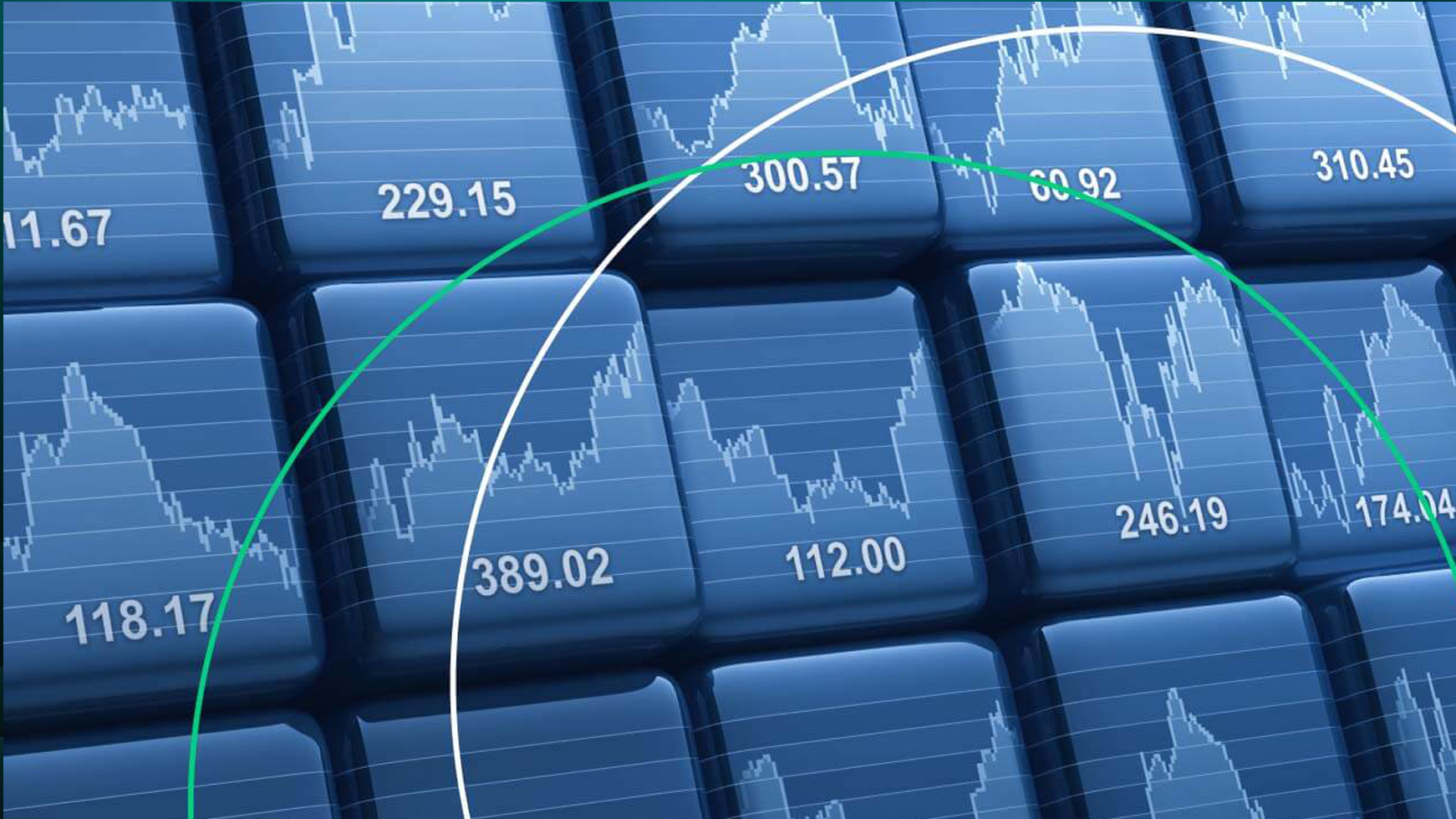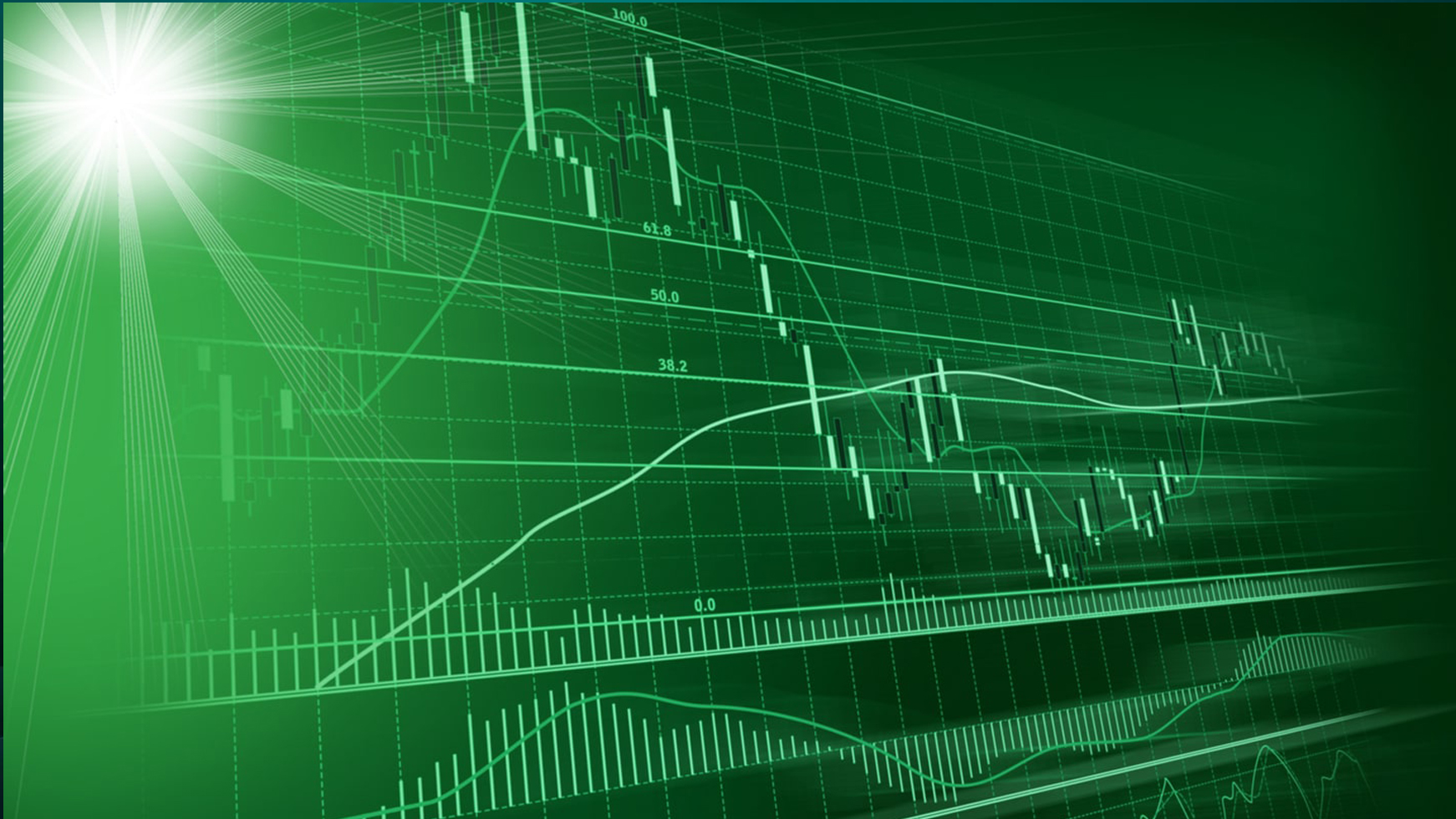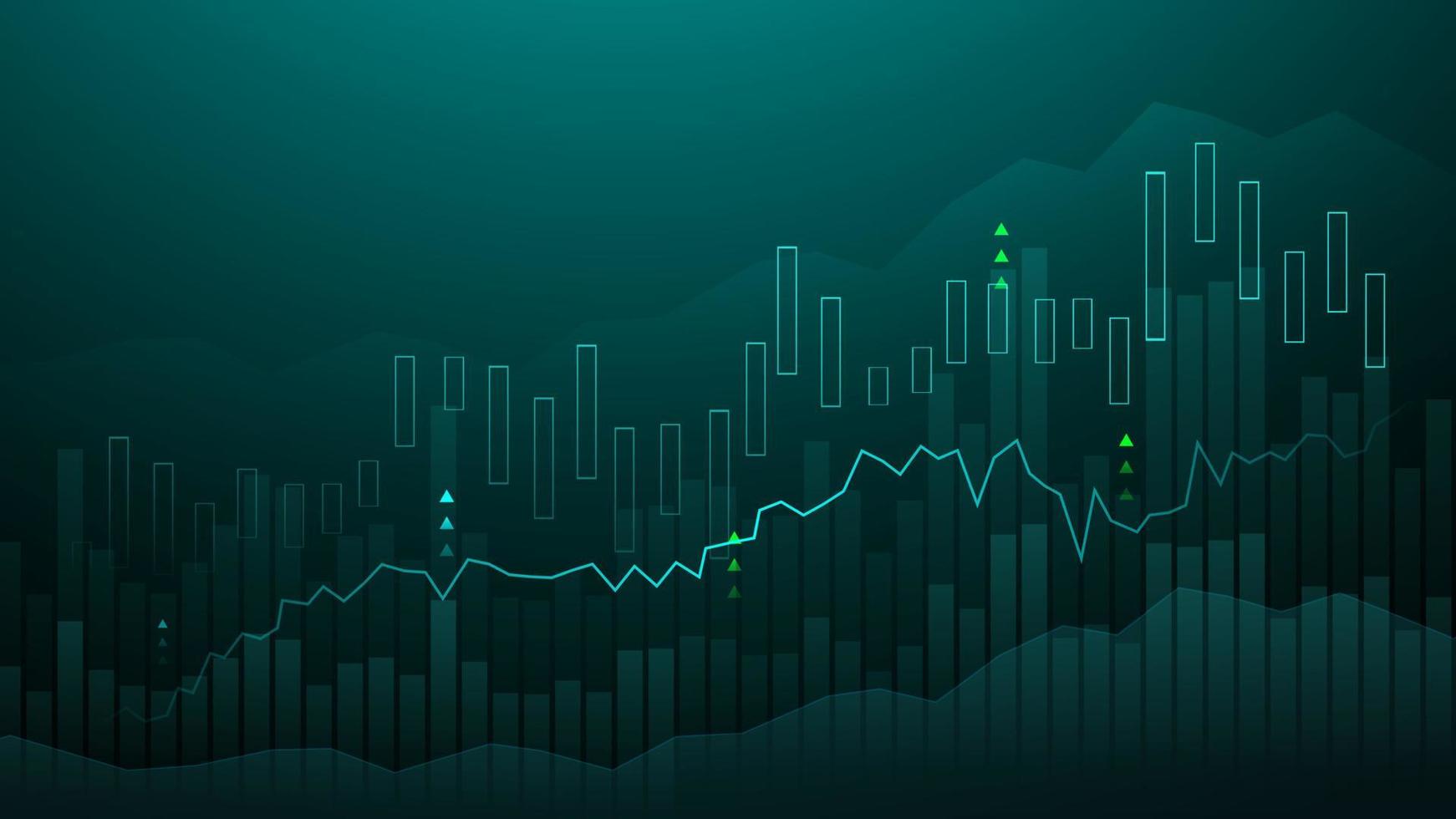A Look Into Economic Indicators
To trade stocks successfully, it’s vital to understand indices, as they represent the movement of grouped stocks. Choosing one index to focus on is a smart step before beginning. Here, we explain what indices are, how they work, where they’re traded, and how they differ.
Energy commodities consist of both renewable and non-renewable resources, generally extracted through mining or sourced from natural deposits.
What Are Indices?
Indices track the price performance of a collection of stocks on a stock exchange. For example, the NASDAQ, a fully electronic U.S. exchange, monitors over 3,300 firms, making it the busiest in terms of volume. The FTSE 100 covers the top 100 firms listed in London. Germany’s DAX tracks 30 top companies listed in Frankfurt. When the average prices of these listed stocks increase, the index rises—and falls when they drop. Trading an index is often simpler than trading individual stocks, as it provides exposure to an entire industry or economy. All it takes is opening a single position.
Indices Available at Backofficedemo
-
AEX: Monitors the 25 biggest firms on the Amsterdam Exchange.
-
ASX: The leading stock index in Australia.
-
CAC: France’s main equity index.
-
DAX: Reflects 30 top firms on the Frankfurt Exchange.
-
Dow Jones: Follows 30 leading American corporations.
-
IBEX: Spain’s main stock market index.
-
NASDAQ: Covers 100 major U.S. non-financial companies.
-
NIKKEI: Tracks top corporations listed in Tokyo.
- OMX 30: Includes 30 largest firms on Sweden’s exchange.
-
SMI: Switzerland’s primary market index.
-
S&P 500: Measures performance of 500 major U.S. companies.
-
STOXX 50: Represents 50 key eurozone corporations.
-
FTSE 100: Leading benchmark for the London market.
- TSX: Canada’s main market index.
Disclaimer: Spreads, prices, and margin terms depend on local regulations and may differ by region.





